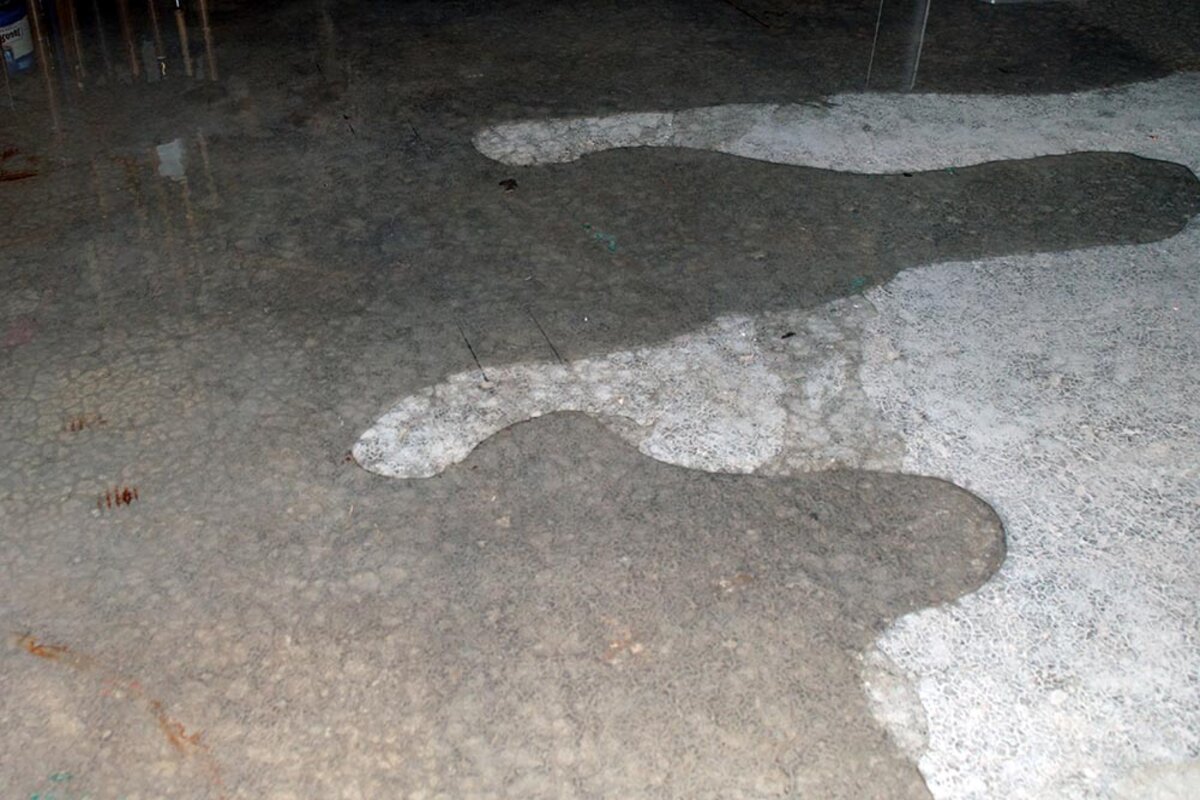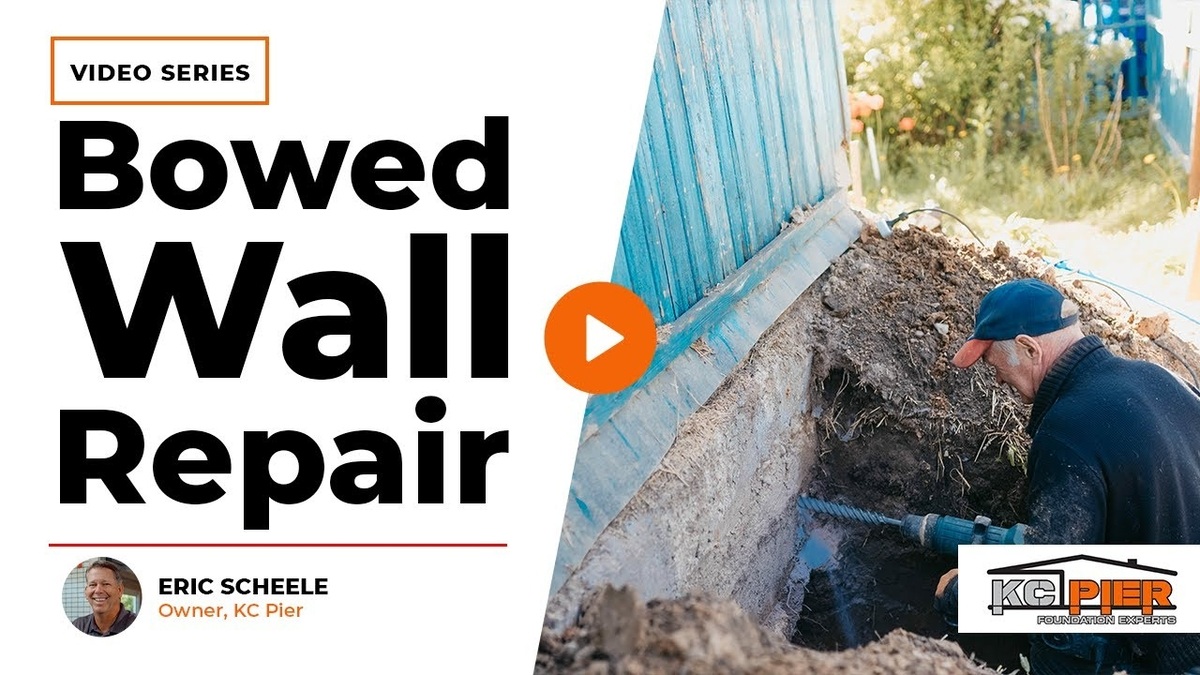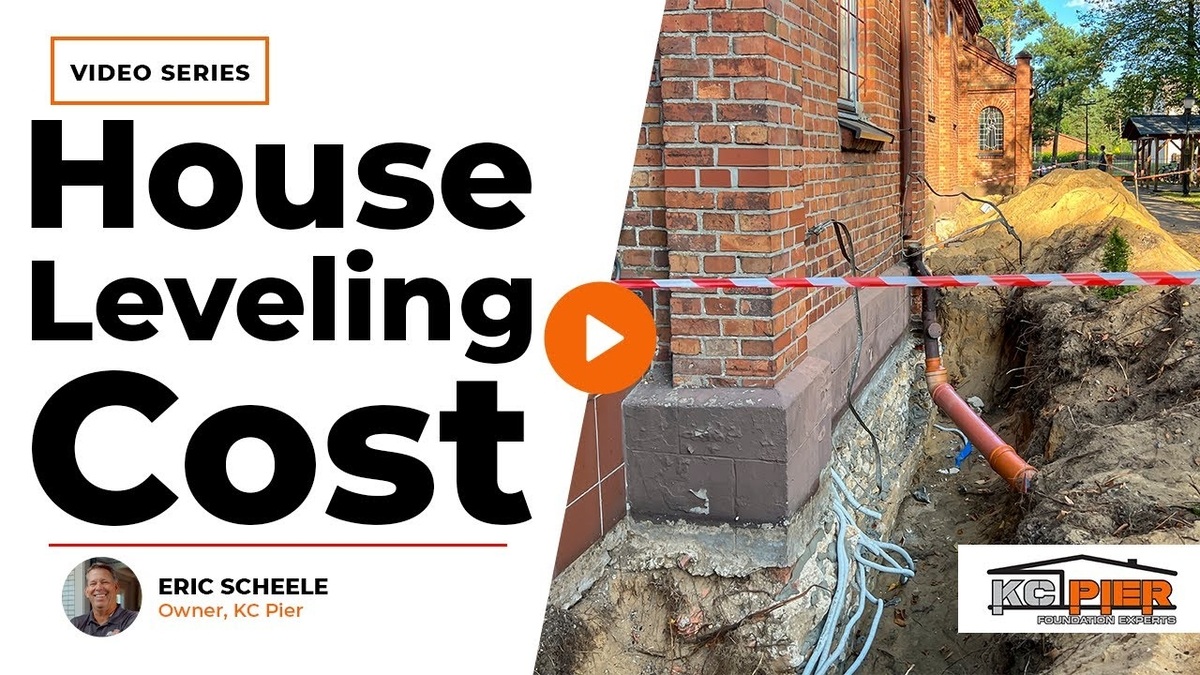Concrete that sinks or shifts can cause serious problems. Uneven driveways, sidewalks, and patios are common issues we see. These problems can lead to tripping hazards and water drainage problems. Polyjacking foundation repair is a method we use to lift and level sunken concrete. It’s quicker and cleaner than replacing the slab. Instead of tearing it out, we inject foam underneath to raise and support it.
How Does Polyjacking Work?
Polyjacking uses a strong foam to lift concrete from below. The process is simple and effective.
- We drill small 5/8-inch holes in the concrete.
- A foam mix is injected through the holes.
- The foam flows under the slab, filling empty spaces.
- It expands and lifts the concrete while also packing down the soil.
- We patch the holes once the concrete is level.
Pro Tip: The foam is 10 times lighter than mudjacking material. This reduces pressure on the soil and helps prevent future sinking.
What Are the Benefits of Polyjacking?
Polyjacking offers many advantages. It’s one of the most cost-effective ways to fix sunken concrete.
- Saves money: Usually costs about one-third of slab replacement.
- Quick results: Most jobs are done in hours, not days.
- Strong support: Foam compacts the soil, giving lasting strength.
- Lasts longer: Can extend the life of your concrete by 5–15 years.
Better coverage: The foam flows like water, filling small cracks and spaces better than other methods.
What Are the Drawbacks of PolyJacking?
Polyjacking is a smart solution for many, but not every job is a good fit.
- It’s a repair: Polyjacking does not replace broken slabs.
- May not fully lift: Results can vary depending on the damage.
Not for badly damaged concrete: Crumbled slabs can’t be lifted and should be replaced.
How Much Does Polyjacking Foundation Repair Cost?
The cost of polyjacking foundation repair depends on the size and condition of the concrete. Here are some typical price ranges:
- Small jobs: $500 to $1,000
- Medium jobs: $1,200 to $2,500
- Large jobs: $3,000 or more
We look at slab size, how deep the void is, and the soil condition when giving a quote.
Key Takeaway: Polyjacking is cheaper than replacing concrete and often gives long-lasting results.
Need expert help with polyjacking foundation repair? Contact KC Pier for a free consultation today.
When Should You Choose Polyjacking?
This method works best when the concrete is still in one piece but has settled over time. Good times to use polyjacking:
- Driveways with sunken areas
- Sidewalks with uneven spots
- Patios that slope away from the house
- Garage floors that are no longer level
When is Polyjacking Not a Good Option?
There are times when polyjacking is not the right fix. If the slab is too damaged, lifting it won’t help. Choose replacement if:
- The concrete has broken into many small pieces
- Pieces are missing or falling apart
- Tree roots or water have caused too much damage
In these cases, we recommend a full slab replacement.
Polyjacking vs. Mudjacking: Which is Better?
Both methods aim to raise sunken concrete. But the materials and results are different. Here’s how they compare:
- Polyjacking: Uses foam, lighter, cleaner, and lasts longer
- Mudjacking: Uses a heavy mud mix, can be messy, and may not last as long
Polyjacking foam spreads better and reaches more hidden spaces under the slab.
In Summary
Polyjacking foundation repair is a fast and affordable way to lift sunken concrete. It adds years of life to your driveway, sidewalk, or patio without replacing it. If your concrete is in one piece but not level, this could be the right fix for you.
Want to save time and money on your repair? Contact us today for a free quote and expert help.






